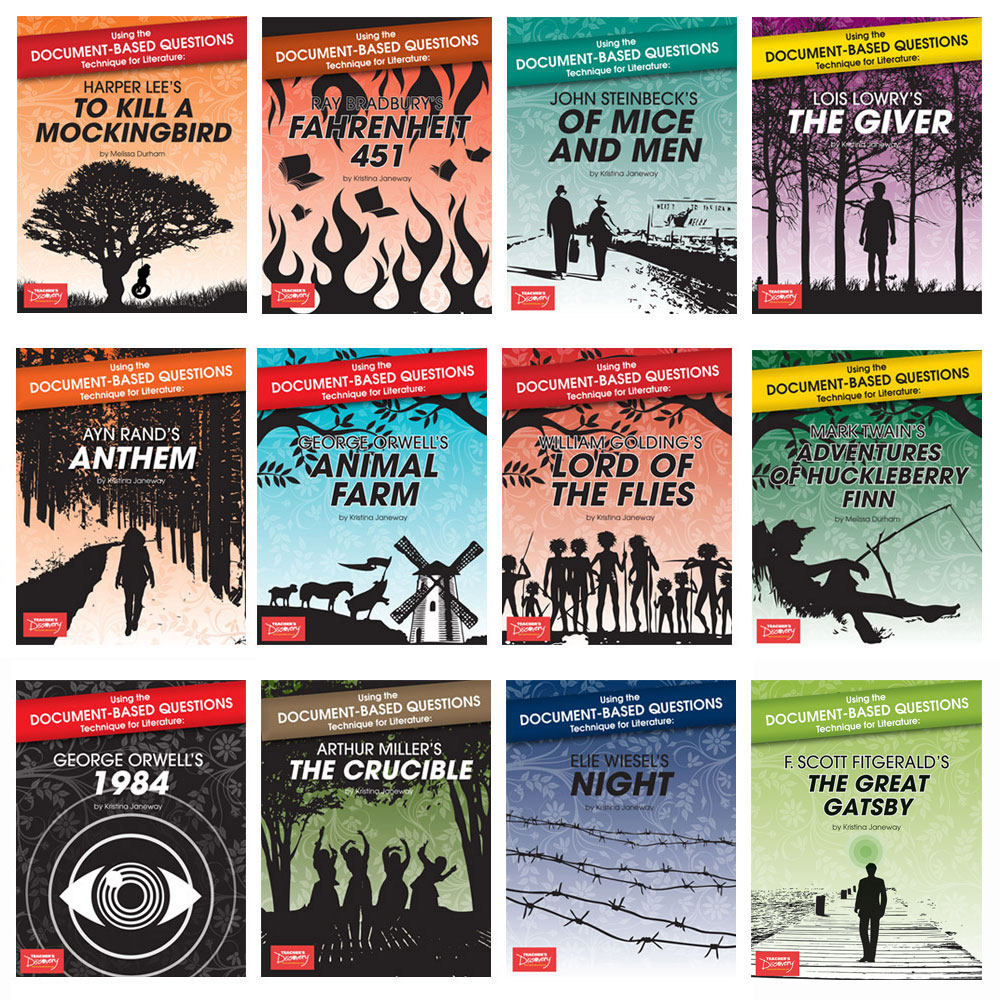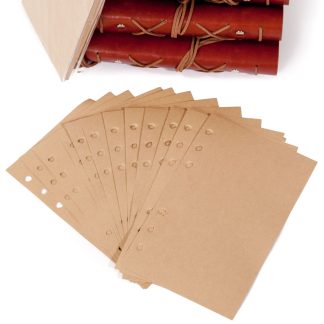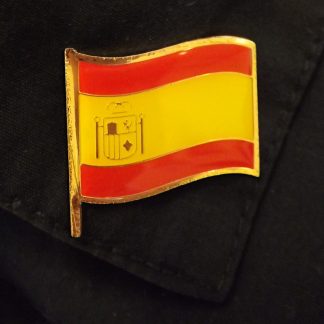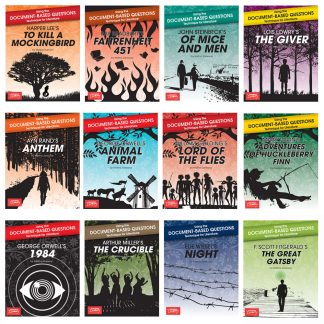Description
Change up a classic! Using the Document-Based Questions Technique for Literature takes a fresh look at a classic you teach every year. Each book contains primary source documents related to the theme and subject of the studied work, arranged under an overarching unit question and followed by questions, which help students make connections between literature, various genres, and their experiences.Includes an author biography, historical context, a synopsis of the novel, and a character chart. The answer key provides more context for each article that you can use to enrich lessons. Carefully selected fiction, nonfiction, diary entries, poetry, and artwork add historical perspective and create contemporary connections, which encourage: Comprehension and Analysis: Students relate varied genres to the novel, deepening their interaction with the text. Reading: Timely and relevant pieces engage student interest. Integration of Knowledge and Ideas: Evaluation activities involve students in analysis and synthesis of subject and theme. Writing: Analytical and creative research questions and writing prompts inspire students to think more critically about the novel and engage with the text. A final essay synthesizes learning and activities. Application: Individual and group activities allow students to use their knowledge of the novel in new and exciting ways.Set includes one of each of the following books: Using the Document-Based Questions Technique for Literature: Harper Lee;#39;s To Kill a Mockingbird/em (4B4971) Using the Document-Based Questions Technique for Literature: Elie Wiesel;#39;s Night/em (4B4972) Using the Document-Based Questions Technique for Literature: Arthur Miller;#39;s The Crucible/em (4B4973) Using the Document-Based Questions Technique for Literature: Lois Lowry;#39;s The Giver/em (4B5905) Using the Document-Based Questions Technique for Literature: William Golding;#39;s Lord of the Flies/em (4B5924) Using the Document-Based Questions Technique for Literature: John Steinbeck;#39;s Of Mice and Men/em (4B5926) Using the Document-Based Questions Technique for Literature: George Orwell;#39;s Animal Farm/em (4B5925) Using the Document-Based Questions Technique for Literature: George Orwell;#39;s 1984/em (4B6077) Using the Document-Based Questions Technique for Literature: Mark Twain;#39;s Adventures of Huckleberry Finn/em (4B5906) Using the Document-Based Questions Technique for Literature: Ray Bradbury;#39;s Fahrenheit 451/em (4B6167) Using the Document-Based Questions Technique for Literature: Ayn Rand;#39;s Anthem/em (4B6224) Using the Document-Based Questions Technique for Literature: F. Scott Fitzgerald’s The Great Gatsby/em (4B6470)span style=”color:#FF0000;”Download the FREE sample units located in “Additional Info.”/spanCopyright 2017dash;2019. High school. Set of 12 books. Reproducible. Page range: 98dash;160 pages per book.Book Downloads: PDFs. Adobe Reader required to view PDF. PDF pages include some color images and clickable web links.Print Books: Spiral-bound. 8.5 x 11 inches. Black and white pages.




